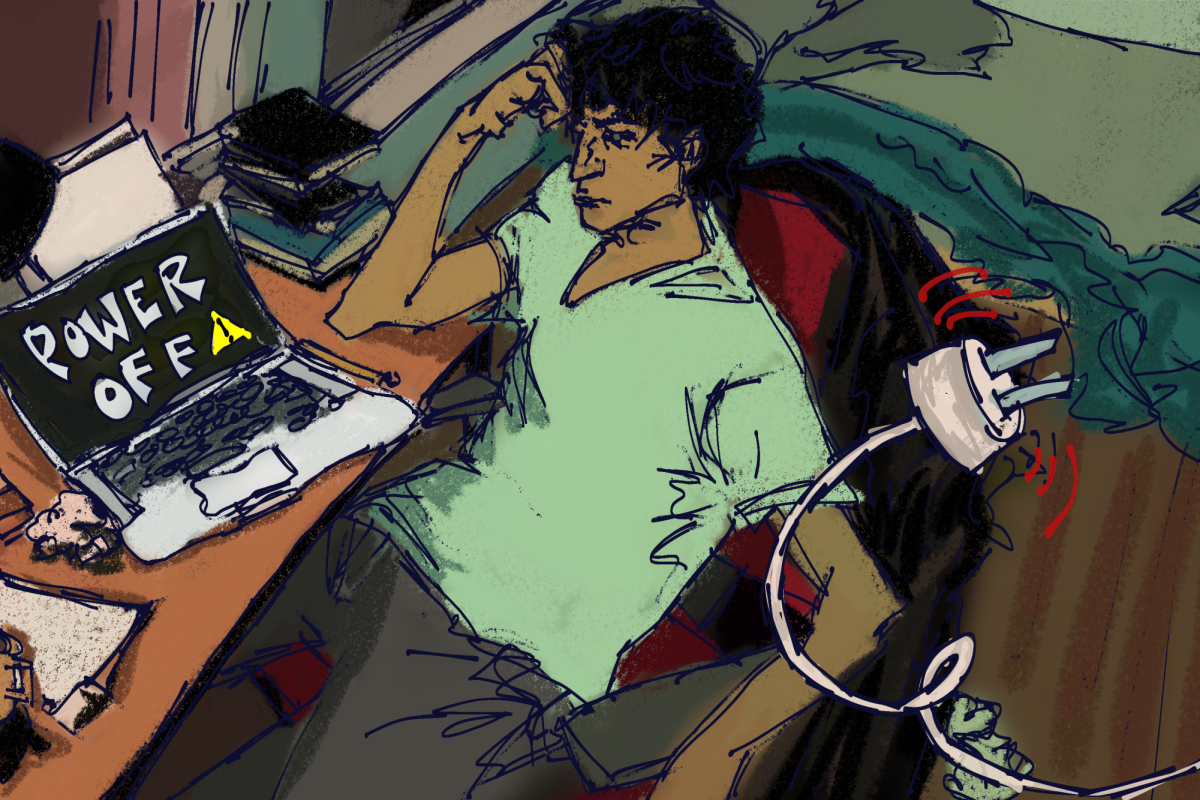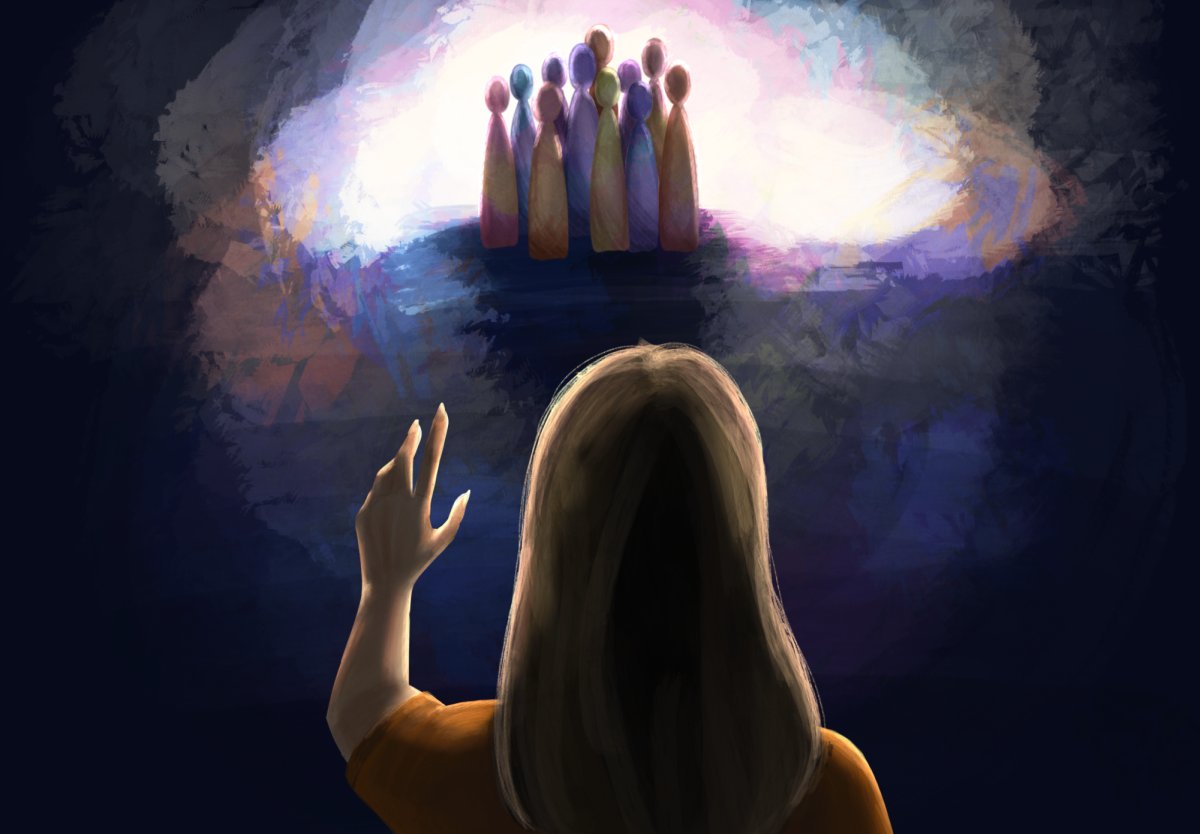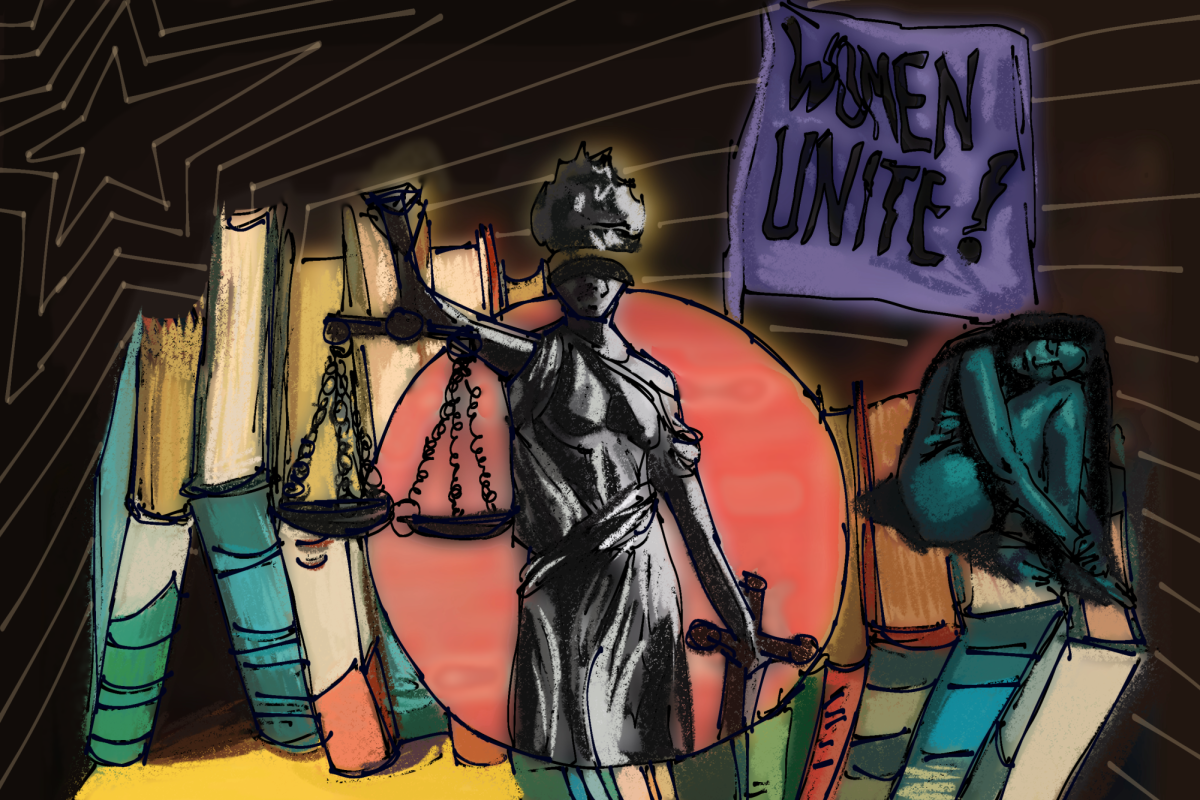Last week, the world mourned the loss of Steve Jobs to pancreatic cancer. Unlike many other well-known figures, Jobs’ direct and indirect contributions to society are every bit tangible. He’s the reason the song “You’ve Got a Friend in Me” gets stuck in our head and, consequently, the reason we can pull out a 32-gigabyte testament to human ingenuity to listen to it over and over again. Jobs was an innovator, a visionary and, of course, a college dropout.
That didn’t stop Reed College, the destination of Jobs’ semester-long postsecondary rendezvous, to unveil an honoring of one of its “most visionary former students” on its website.
This kind of phenomenon takes place at UT as well. Last year, the Texas Exes — which, for that matter, does not limit its membership to alumni or even former UT attendees — revealed a list of Extraordinary Exes in celebration of its 125 years of existence. Longhorn legends such as Dell-founder Michael Dell, broadcaster Walter Cronkite, businessman Red McCombs, NBA star Kevin Durant, Olympic gold medalist Mary Lou Retton, Charlie’s Angels icon Farrah Fawcett, former Texas Lt. Gov. Ben Barnes and former U.S. Speaker of the House Sam Rayburn all fall short of being traditional alumni.
And this illustrates higher education’s dropout paradox: that a university’s poster children of success may be the same poster children that critics point to when those individuals are reduced to a number or a percentage of the “did not graduate” persuasion. While their achievements may be boundless, they stand equally degree-less.
Some may point to the paradox as a way to illustrate the insignificance of a university education. After all, it seems as though college was simply a roadblock on their paths to greatness. Yet this assumption misses the well-documented influence universities had on many of the aforementioned dropouts’ successes.
Jobs, in his famous commencement speech at Stanford in 2005, talked about how after dropping out, he stayed at Reed for another 18 months to audit classes. Without the shackles of prerequisites, he credited a calligraphy class he attended as the reason for the Macintosh’s revolutionizing “multiple typefaces and proportionally-spaced fonts.”
Dell and notable Harvard dropouts Bill Gates and Mark Zuckerberg launched their industry-transforming companies from their campus dorm rooms. According to his biography, “A Reporter’s Life,” Cronkite wrote for The Daily Texan and said his first time in front of a microphone was reciting sports scores for UT’s then-radio station, KTUT. Before becoming private investigator Jill Munroe for millions of ABC viewers in the late 1970s, Fawcett modeled for students and faculty at UT’s art department, which got her noticed by several publications. Durant led the Big 12 in points and rebounds in the 2006-07 basketball season that solidified his status as the second-overall pick in the 2007 NBA draft.
Though seemingly non-traditional, these situations simply illustrate what universities have always done best, which is to serve as resource centers for society. Universities serve as points of collaboration, boasting pockets of world-class expertise and resources in very specific areas.
However, what Texas’ recent higher education controversy has shown is the inherent difficulty in translating the intangible benefits of being a resource center into tangible, measurable outcomes. Having a premier conglomeration of top experts in the history of American foreign policy or housing the archives of David Foster Wallace are difficult to measure in dollar, cents and productivity hours.
This is at the root for the push to increase graduation rates. Institutions have significant administrative discretion to create policies that push students to graduate on time. Pledging to increase four- and six-year graduation rates is essentially an agreement between the University and the state that says, “We’ll promise to take care of this as long as you promise to leave us alone.”
The University’s real focus should be on finding avenues for students and the community to tap into and contribute to the institution’s rich resource centers. UT’s Intellectual Entrepreneurship Consortium is a leader in experimenting with creative programs to connect students to those resources, but it would require greater support for it to flourish. The Texas Center for Education Policy works to bridge the gap between community and academia but is more of an exception than the norm. Engagement initiatives like these would enhance and broaden the student experience at the University and better equip it on its mission to work for the betterment of society.
Jobs and his dropout colleagues listed above happened to tap into the university resources that changed their lives — as well as all of ours. Jobs finished his Stanford commencement speech by quoting the last words published in the Whole Earth Catalog: “stay hungry, stay foolish.” Students come into the university with both hunger and foolishness. Let’s not let that go to waste.
— Shabab Siddiqui for the editorial board.














